2. Historical Overview of PI3K Inhibitor Discovery
3. How NVP-BEZ235 Works?
4. Clinical Data
5. Conclusion
6. References
NVP-BEZ235 소개
Novartis
스위스 바젤에 본사를 두고있는 다국적 제약회사로 세계
각지에서 연구소를 운영중
1996년, 스위스에서 가장 큰 두 개의 제약·의료업체인
시바 가이기(Ciba-Geigy)와 산도즈(Sandoz)의 합병을
통해 설립
2010년 기준 총 매출액 세계 2위(506억 US $)
2010년 기준 직원수 119,418명
a signaling pathway important for normal and cancer cell growth. Semin Oncol. 2009;36:Suppl
3S3–S17.
2. Mathieu Laplante, David M. Sabatini. mTOR Signaling in Growth Control and Disease. Cell. 2012;
149(2):274-293 .
3. Arkaitz Carracedo, Li Ma et al. Inhibition of mTORC1 leads to MAPK pathway activation through
a PI3K-dependent feedback loop in human cancer. J Clin Invest. 2008;118(9):3065–3074.
4. Yu, K., Toral-Barza, L., Shi, C., Zhang, W.G., Lucas, J., Shor, B., Kim, J., Verheijen, J., Curran, K., Malwitz,
D.J., et al. Biochemical, cellular, and in vivo activity of novel ATP-competitive and selective
inhibitors of the mammalian target of rapamycin. Cancer Res. 2009;69:6232–6240.
5. Maira SM, Stauffer F, Schnell C, Garcia-Echeverria C. PI3K inhibitors for cancer treatment:
where do we stand? Biochem Soc Trans. 2009;37:265–272.
6. Stauffer F, et al. Imidazo[4,5-c]quinolines as inhibitors of the PI3K/PKB-pathway. Bioorg.
Med. Chem. Lett. 2008;18:1027–1030.
7. Sauveur-Michel Maira, Frederic Stauffer, Josef Brueggen, et al. Identification and characteri-
zation of NVP-BEZ235, a new orally available dual phosphatidylinositol 3-kinase/mammalian
target of rapamycin inhibitor with potent in vivo antitumor activity. Mol Cancer Ther 2008;7:
1851-1863.
8. Christian R. Schnell, Frederic Stauffer et al., Effects of the Dual hosphatidylinositol 3-Kinase/
Mammalian Target of Rapamycin Inhibitor NVP-BEZ235 on the Tumor Vasculature: Implications
for Clinical Imaging. Cancer Res 2008;68:6598-6607.
9. Tina L. Yuan, Hak Soo Cho, Aya Matsui et al. Class 1A PI3K regulates vessel integrity during
development and tumorigenesis. PNAS 2008;105(28):9739-9744.
10. Saskia M. Brachmanna, Irmgard Hofmanna, Christian Schnella, Christine Fritscha et al. Specific
apoptosis induction by the dual PI3K/mTor inhibitor NVP-BEZ235 in HER2 amplified and PIK3CA
mutant breast cancer cells. PNAS 2009;106(52):22299-22304
11. Philipp Baumann, Sonja Mandl-Weber, Fuat Oduncu, Ralf Schmidmaier. The novel orally
bioavailable inhibitor of phosphoinositol-3-kinase and mammalian target of rapamycin,
NVP-BEZ235, inhibits growth and proliferation in multiple myeloma. Exp Cell Res 2009;315:485
-497
12. Lim KH, Ancrile BB, Kashatus DF, Counter CM. Tumour maintenance is mediated by eNOS.
Nature 2008;452(7187):646-649
13. Megan Cully, Han You, Arnold J. Levine and Tak W. Mak. Beyond PTEN mutations: the PI3K
pathway as an integrator of multiple inputs during tumorigenesis. Nat Rev Cancer 2006;6(3)
:184-192
14. Jeffrey A. Engelman, Ji Luo and Lewis C. Cantley. The evolution of phosphatidylinositol
3-kinases as regulators of growth and metabolism. Nat Rev Gen 2006;7:606-619
15. Stephan Wullschleger, Robbie Loewith and Michael N. Hall. mTOR Signaling in Growth and
Metabolism. Cell 2006;124(3):471-484
16. Brendan D. Manning and Lewis C. Cantley, AKT/PKB Signaling : Navigating Downstream. Cell
2007;129(7):1261-1274
17. Soulard A. Hall MN. SnapShot : mTOR Signaling. Cell 2007;129(2):434



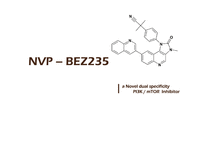

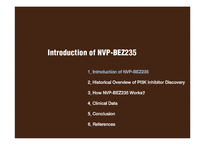
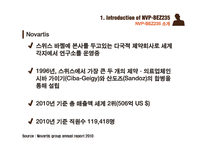
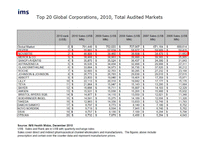
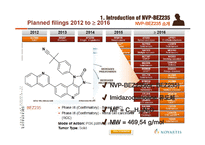



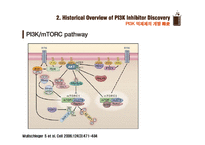
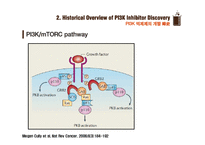
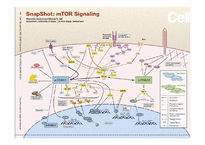
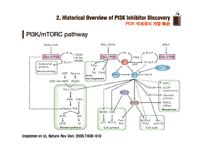



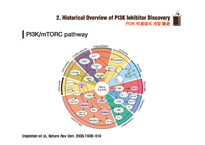


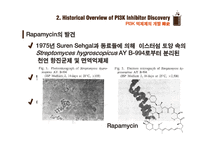
 분야
분야


